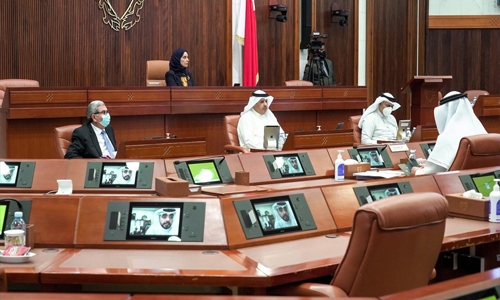Bahrain parliamentarians propose to integrate nanotechnology into school curriculum
TDT | Manama
The Daily Tribune – www.newsofbahrain.com
Parliamentarians yesterday tabled a proposal to update the school science curriculum by integrating nanotechnology. “The integration of nanoscience into the existing curriculum will allow Bahrainis to open up new opportunities in the non-oil industries and land quality jobs,” MPs told the parliament. “It will also allow teachers to help students better understand the complexities of everyday science,” they added.
The proposal by the Speaker of the House of Representatives, Fawzia Zainal, had the participation of representatives Abdullah Al-Thawadi, Mahmoud Al-Bahrani, Basem Al-Maliki, and Abdul Razzaq Hattab. MPs pointed out that nanotechnology has become the subject of modern science and the focus of technologies in our day. “This is the future for their importance in improving products, treating diseases, and serving humanity.”
Birth of nanoscience The ideas and concepts behind nanoscience and nanotechnology started with a talk entitled “There’s Plenty of Room at the Bottom” by physicist Richard Feynman at an American Physical Society meeting at the California Institute of Technology (CalTech) on December 29, 1959, long before the term nanotechnology was used. It’s hard to imagine just how small nanotechnology is.
One nanometer is a billionth of a meter or 10-9 of a meter. To bring that into perspective, understand that there are 25,400,000 nanometers in an inch, and a sheet of newspaper is about 100,000 nanometers thick. On a comparative scale, if a marble were a nanometer, then one meter would be the size of the Earth.
Related Posts

